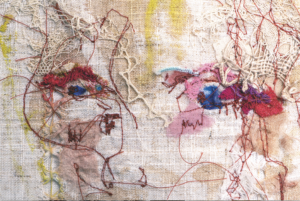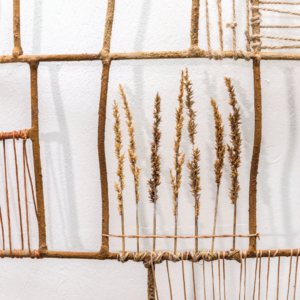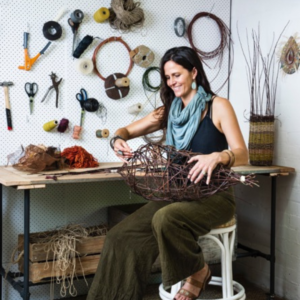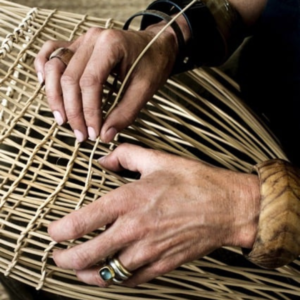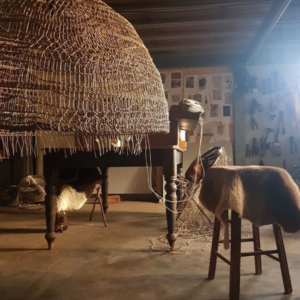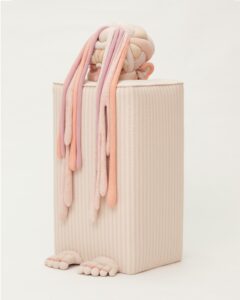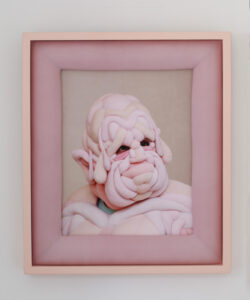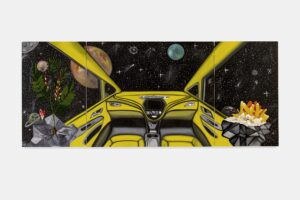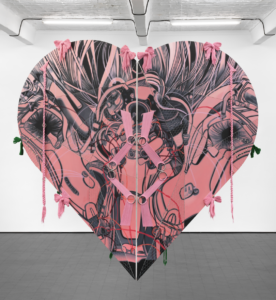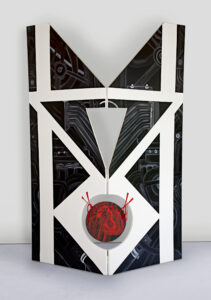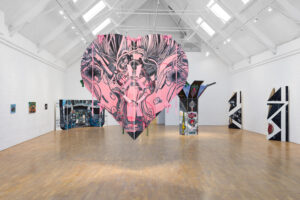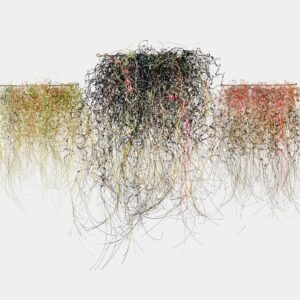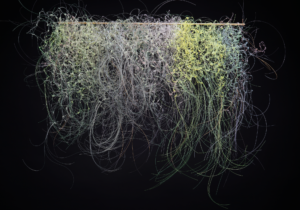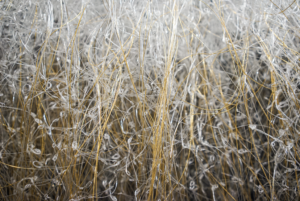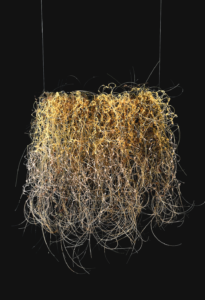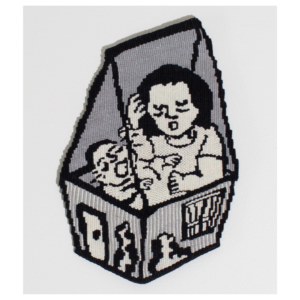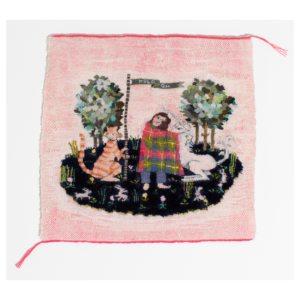Narrative Textiles
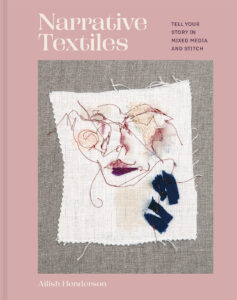
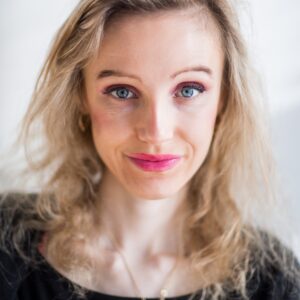
Images from Narrative Textiles book and a photograph of the author Ailish Henderson
15 minutes with Ailish Henderson
What is your background in textiles?
I was born in Northern Ireland during the troubles. My family were doing volunteer work there and due to the unrest, chose to begin a wonderful learning journey with me….my mum taught me from home. This continued right until I finished all my exams at sixteen. I was always keenly aware as a child, a sensitive nature. I dabbled with drawing and painting and began to acknowledge that this wasn’t just a passing phase. Later I studied Fine Art at college, as a happenstance came across a teacher who delved into Textile Art. This new medium excited me. I had no idea how to use it, but I was not to be beaten! Gradually I learned my skills, through various qualifications and finally a degree. Without causing a pun here, I should have known this would come about. On my mum’s side, she was very much into Embroidery and making her own clothes as she grew – liberty print…. you may be aware that I have named a whole collection of my work in a nod to this: ‘You gave me Liberty’, some of which can be seen in Narrative Textiles my book. My grandmother was also fabric bound, as was her mother who created clothing for the early days of the Fenwicks shops. Interestingly I recently found out that my dad’s mother studied at The Royal Academy of Arts and specialized in Watercolour as a practice. That was my first love originally before I “met” Textiles later. So, it’s funny how all this art collided in me really – it just took its own pathway and time, I guess. I now tend to dabble with everything, bringing in a lot of mixed media to my textiles and visa versa.
What gave you the idea to write a book?
My mother’s mother my ‘Narg’ was a large part of my life. As a child, I often sat glued to her words, the story of Red Riding Hood being repeated, yet always with a twist. This along with my own mothers nurturing towards creating my own story and pursuing English Literature (yes, I keenly remember the months she made me study the York University notes of Pride and Prejudice just for fun!) made that it had to topple out somehow. I always thought it would be as a novel, but a life in the arts took over and now here I am! Within Narrative Textiles, Batsford have allowed me full artistic license, so you will find poetry, tales and of course lots of visual fuel…oh and a few of my own made-up words which ought to have made it to the dictionary before now!
How do you describe your book?
Its my Once Upon a Time lullaby – visualized. It is three things…. Narrative. Art. Educated.
How did you choose the featured artists?
I spent much time researching and really asking myself this – you will note there is a mix of my past students as well as famous art faces. I wanted the book to not sit at that unapproachable level, I encourage all my clients to tell their own story…this book had to be something that was intelligent yet relatable.
Who is this book aimed at?
Those with a keen eye for the narrative. It is not a how-to tale; I hope that its pages will be enough fuel to strengthen and give confidence to even the broken fragile soul – I do not want anyone to finish it feeling they will never be good enough to create – I want it to show that anyone can try. So, it is for those with less knowledge, yet it just as applicable to a more experienced audience.
How does the reader approach this book?
It has been made to contain many stories, so it’s not a read in one sitting volume. It can be left on a table and then gathered again. Chapters are on separate ways we can use our own stories – for example have we got a family anecdote? Then turn to ‘Familial’ or if you are a nature lover, there is one dedicated to walks and even our own love of our lives….in my case my Barney (a Cavapoo)!
What is next for you? Do you have any exciting plans?
My early career was spent physically creating new work. Lately I have enjoyed a more passive approach, writing within the arts and hopefully nourishing others to carve their own artistic story.
So now my thoughts are toward yes still enjoying dabbling, but at the same time retiring from textile art for a while at least to focus on more editorial, curative roles. Saying that, the next few months have many lectures, book signings and educational roles planned – no rest!




